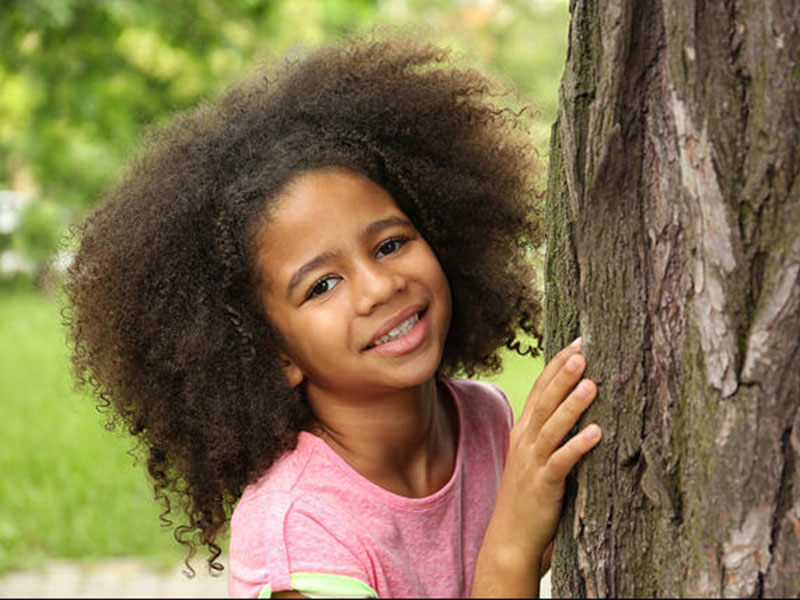Wellness at Work
and School
Wellness at Work and School
After the forced isolation of the COVID global pandemic, more children need mental health support than ever, and it is becoming a priority for school districts as well as families.
EDUCATION PROVIDERS
As long time educators, we found that nature sensory practice – Forest Bathing or Forest Therapy – could be adapted to school settings to provide support for both students and their teachers. The way students learn in our schools, combined with the hours they spend at home on technological devices makes demands on their directed attention functions that leave so many students feeling anxious, distracted, and unable to process more information, let alone learn. Researchers are finding an increased incidence of directed attention fatigue in children and teenagers.

EDUCATION PROVIDERS
As long time educators, we found that nature sensory practice – Forest Bathing or Forest Therapy – could be adapted to school settings to provide support for both students and their teachers. The way students learn in our schools, combined with the hours they spend at home on technological devices makes demands on their directed attention functions that leave so many students feeling anxious, distracted, and unable to process more information, let alone learn. Researchers are finding an increased incidence of directed attention fatigue in children and teenagers.



“When I’m outdoors I’m always naming things, it’s always about what I know. I realized on this Forest Bathing walk that I don’t need to know. I can be in nature without knowing.”
“In nature, a child finds freedom, fantasy and privacy; a place distant from the adult world, a separate peace.”
Supporting Educators
Here are some of the ways we can support you as a teacher or support your school team:
- Facilitate an after school program over several weeks to introduce students to nature sensory practice
- Lead a field day experience that would include a series of nature sensory activities
- Facilitate nature sensory activities during school time
- Train your teachers and staff to facilitate nature sensory activities
- Provide support for implementation and continued learning for students, teachers and staff
- Determine with you how to best engage families with nature sensory activities as a practice they can share at home
Call Helene at (518) 637-2963 to explore how we can work together to create a great program for your group.
How We Work
1. Contact Us
Schedule a brief call or email us with your vision and objectives
2. Proposal
We provide you with a proposal, with options to address your vision
3. Confirm
Confirmation with all the details, and support you need for a successful program
